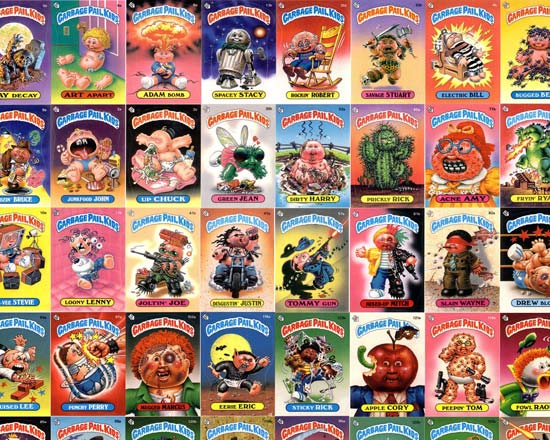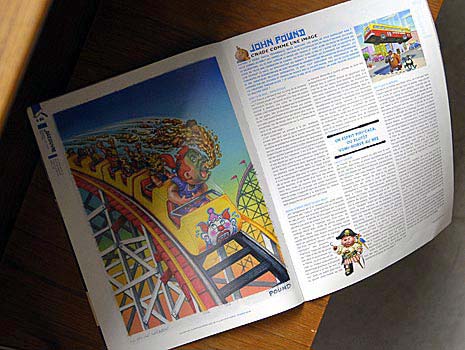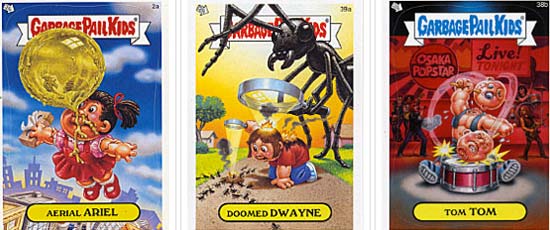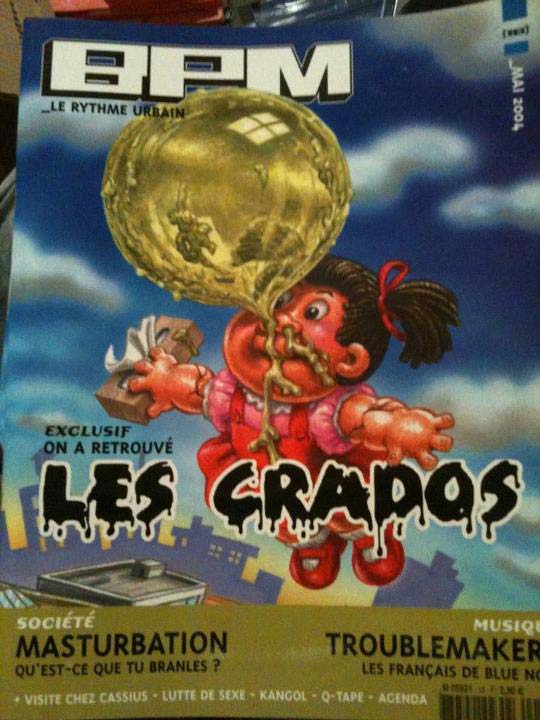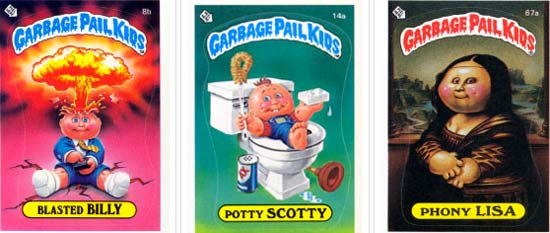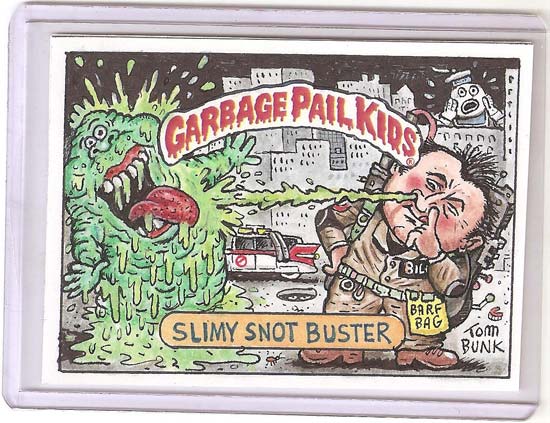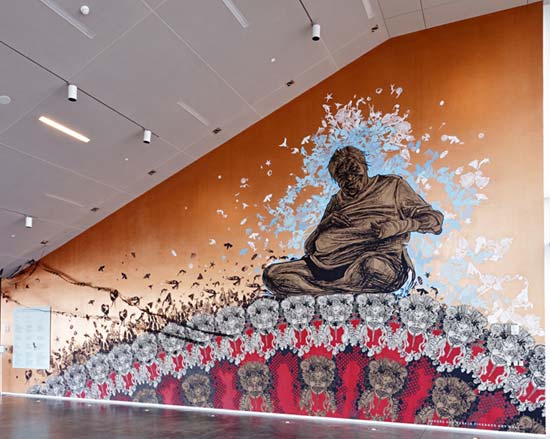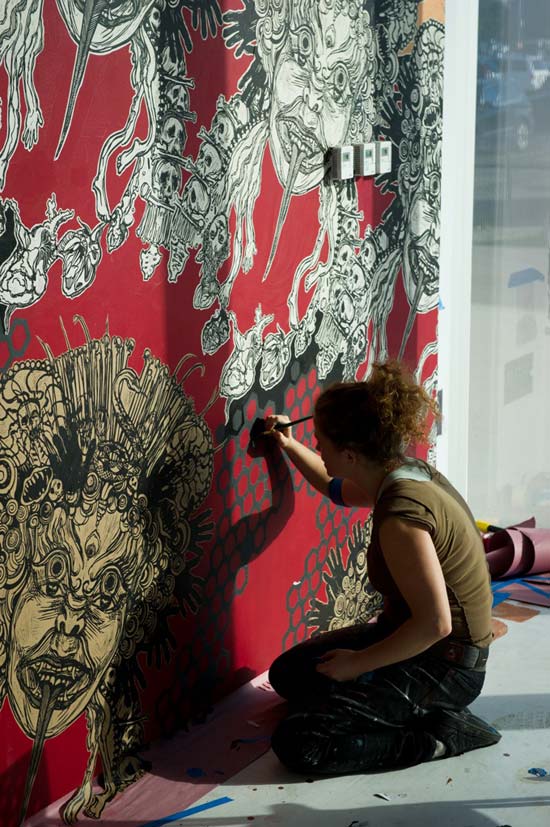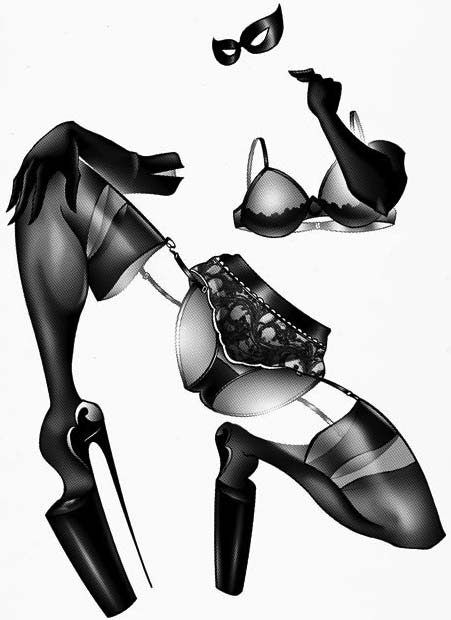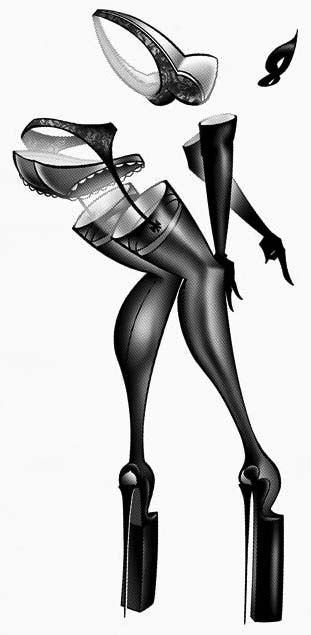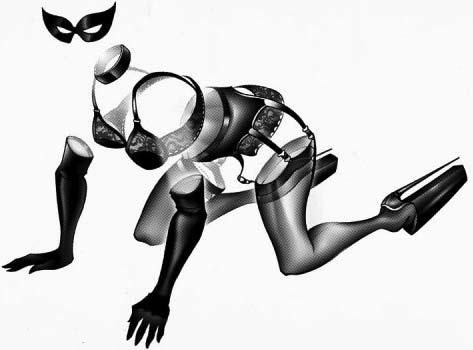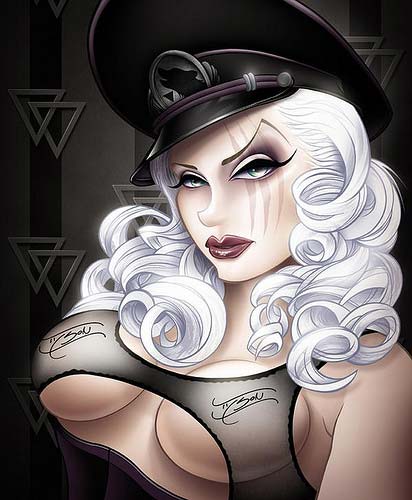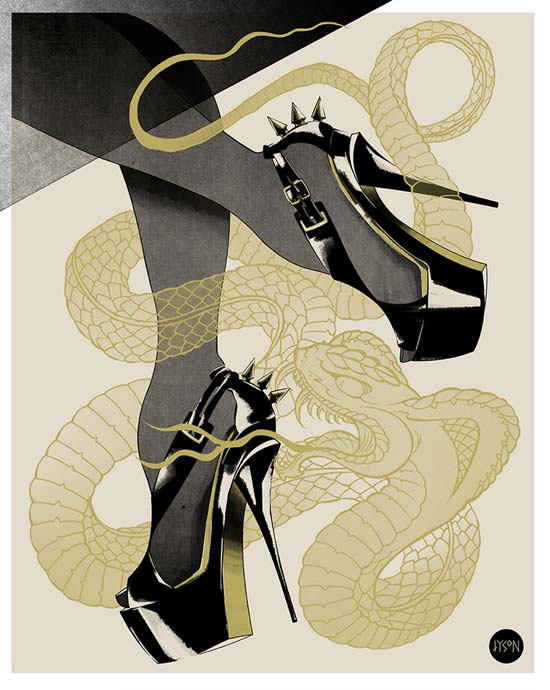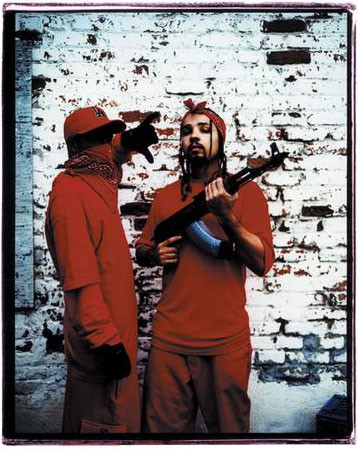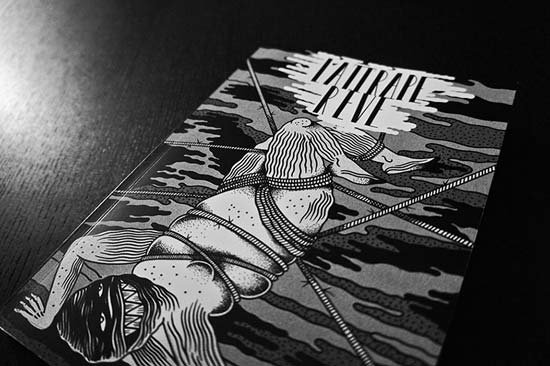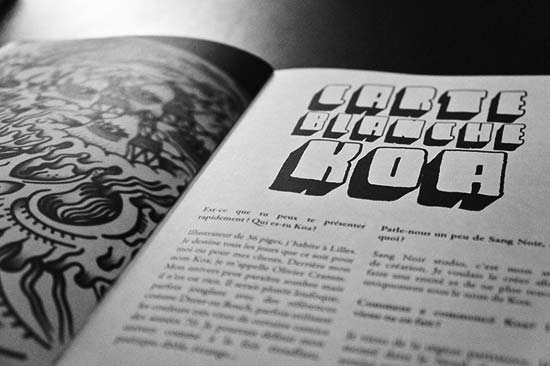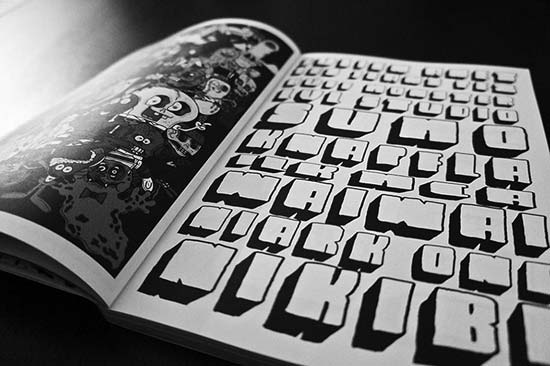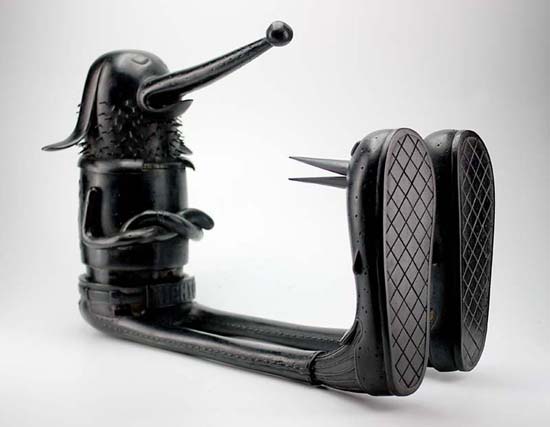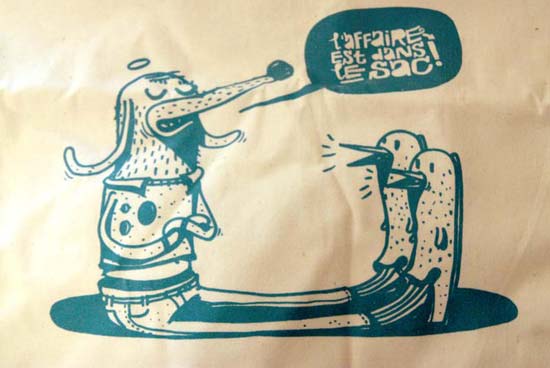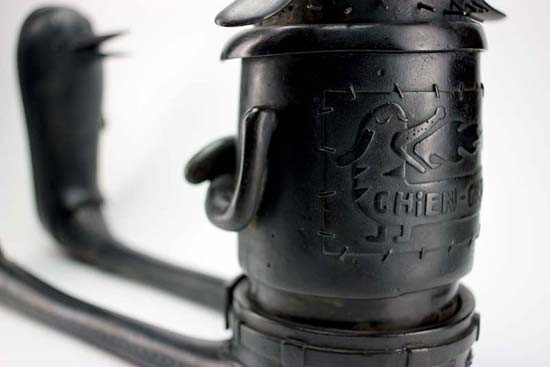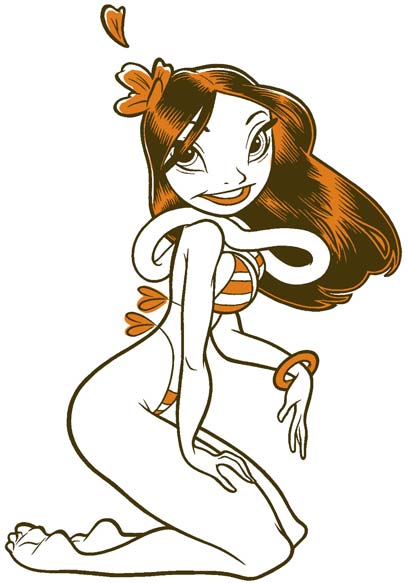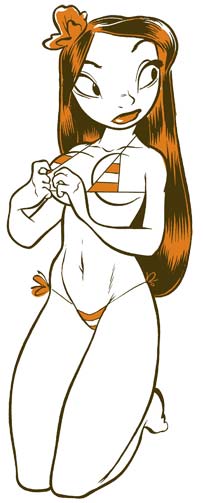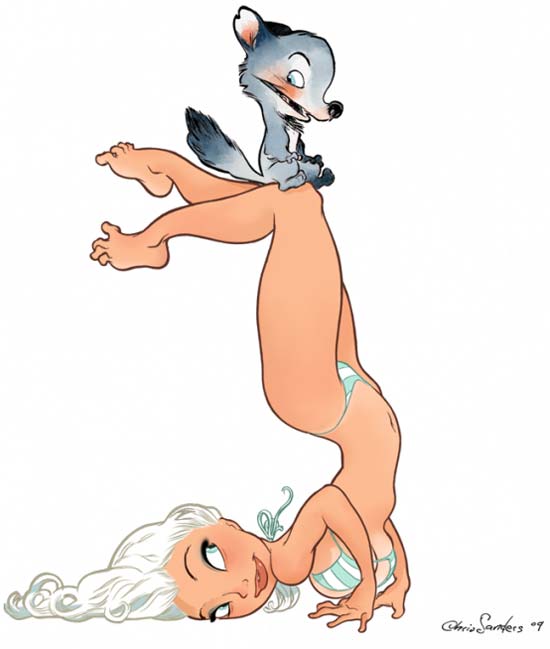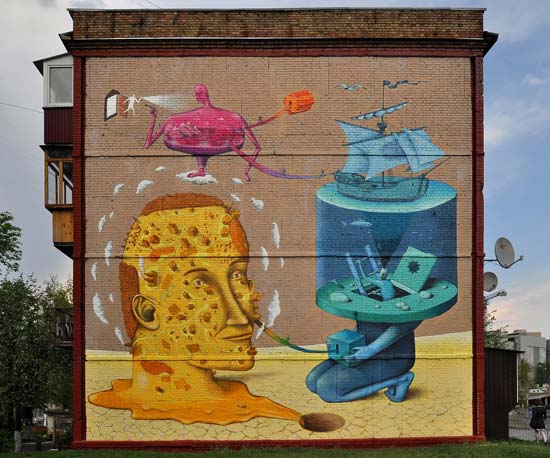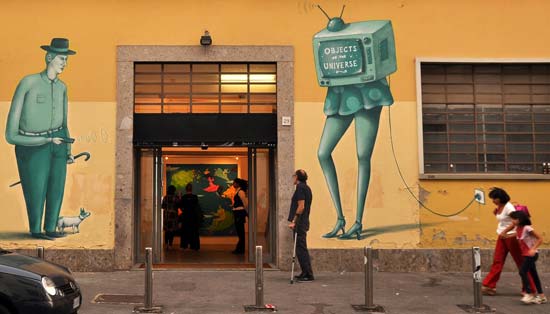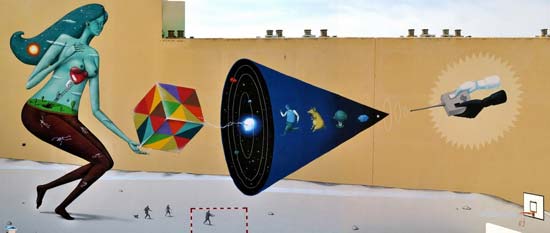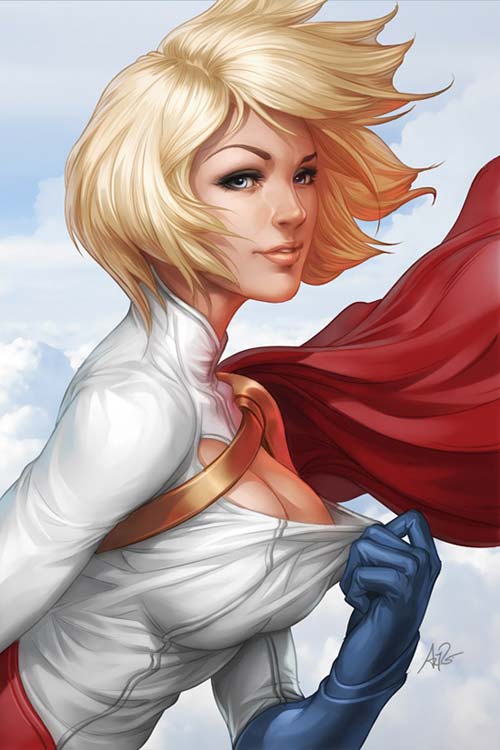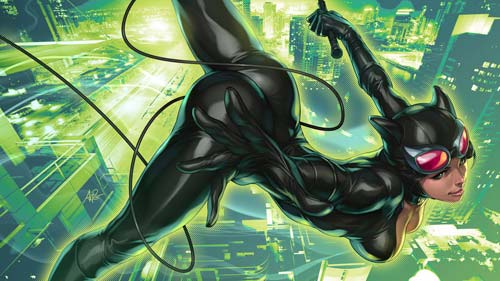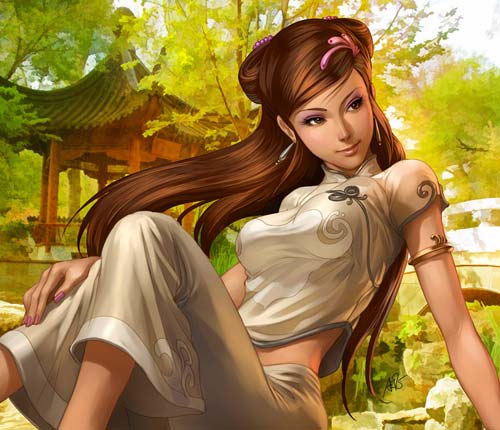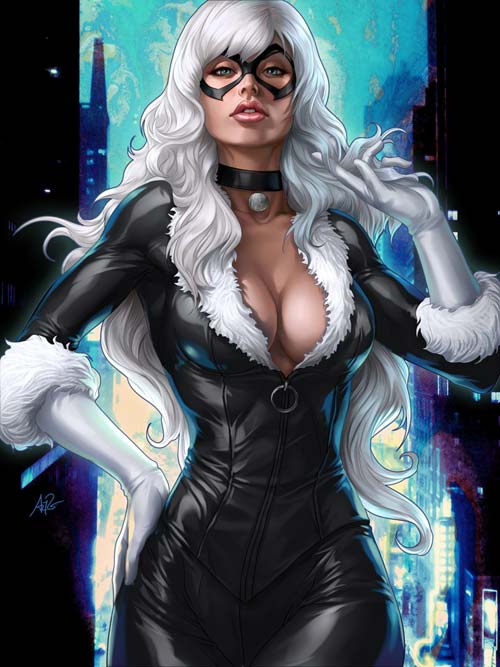In-depth and serious article about the social and religious history of masturbation, and today’s perception, practices, and medical facts.
Being a freelance artist, I know some people assume that I’m a jerk.
Well, I actually probably work way more than most of them.
Anyway, what is it so bad in masturbation that it can become an insulting word?
Some years ago, I wrote an article about the phenomenon for BPM magazine.
MASTURBATION IS NOT A CRIME
Summer is coming. The long-awaited sun made a triumphant return, invigorating the bodies and the souls. Carved out of precious materials, the skirts of young sexy girls show long shapely legs. Leaning on the cafés terraces, feverish boys get absorbed by a beautiful bare hip suggesting the birth of a string. Excited by such a riot of beauty, I decide to take my pleasure in hand…
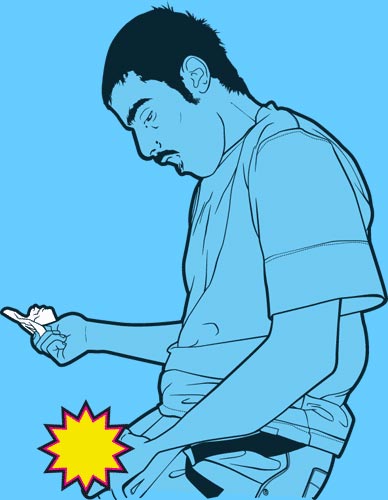
Illustration of a young man taking pleasure.
SEXUAL LIBERATION
Even today, in a society that seems to advocate gender openness and sexual liberation, masturbation remains a huge taboo (I say huge but size doesn’t matter ). Yet, whether on television, radio or press, sexuality is a powerful and often over-used marketing tool. Once “deviant” practices such as sodomy or swinging become more commonly accepted, democratized by the pornography industry. Since home video appeared in the 80′s, later followed by the rise of the Internet, access to representations of sexuality in all its forms is now easy. Pornographic DVDs sales and specialized website’s success prove that masturbation is popular.
Strangely enough, solitary pleasure is something most people wouldn’t talk about, and the activity remains confined to the intimacy of a pocket-handkerchief.
Yet numbers speak. In a 1993 survey conducted by the ACSF (Analysis of sexual behavior in France), 84% of men aged between 18 and 69 confess to have masturbated during their life. Women get 51% of positive answers. This result also shows a decrease in their reluctance to report the activity, considering they were only 19% to express it in 1972 (Simon report). Looking at such results, it can be argued that masturbation might be the most common sexual activity.
SEX, LIES AND RELIGION
“Do not masturbate cause you will become deaf, impotent, sterile, blind, get premature ejaculation, cancer, mental deficiency, and so on.”
Many beliefs surrounding masturbation remain hard to shake. To understand the origin of those superstitions, let’s take a look back at our history. What we want is to understand all the social, medical and cultural factors.
From the antiquity until the eighteenth century, doctors consider that our body is composed of four fluids, and that the balance of their quantity condition our health. Blood, black bile, yellow bile (which is seen in vomit), and phlegm, must be present in our bodies in good proportions. Masturbation is then seen as the source of disease. Semen and vaginal fluid are – according to experts at the time – directly related to our blood volume. Each ejaculation would be likely to cause the loss of a quarter liter of blood. Releasing too much sperm may be fatal! Children and adolescents are expected to produce an imperfect fluid, and are thus saved from physical decay. Masturbatory activities are common and well accepted among children. At the time, no one was surprised to see kids masturbate at school, or during a warm evening with family around the fireplace.
The eighteenth and nineteenth centuries bring an increased repression. Moralists, relayed by physicians, recommend against the risk of sickness. Pleasure outside of procreation becomes an immoral activity. Also, fear of masturbation is a way to hide the lack of medical knowledge. Scientists use it to explain the cause of many unexplained diseases such as cancer or syphilis, deafness, and more. Some of those beliefs persist even today.
Until the 30′s, Western Societies creates new techniques to “help” people. At night, the boys are advised to wear two pants, or even mittens, to attach their arms while parents should consider burning the daughter’s clitoris. The Church spread a feeling of guilt among its followers. The official for the Catholic religion still consider this practice “as an intrinsically and gravely disordered.” Yet nothing in the biblical writings directly condemn this particular sexual activity. One passage in the Bible can be interpreted as about masturbation, albeit indirectly. “Thou shalt not commit adultery. […] And if your right hand causes you to sin, cut it off and cast it from thee: for it is better for you that one of thy members should perish and that thy whole body should be cast into hell. ” (Mt.5 :27-30) It is impossible to be sure that the ‘right hand’ makes a direct reference to masturbation.
In Islam, we find the same scenario. One text and its interpretation are also remains largely subjective. “Successful indeed are the believers […] who guard their chastity (from illegal sexual acts) Except from their wives or those whom their right hands possess, for then, they can not blame them, while those looking beyond these limits are transgressors. “(Surah 23 / Verses 1 to 7). The question is whether the masturbatory activity will “look beyond these limits.” For most schools it is yet prohibited, each theological branch of Islam agreeing to consider it as a sin. However, it is still possible in cases of extreme emergency, if it allows the believer to avoid a more serious sin such as fornication (or ‘zina’). However, to try to reduce the repercussions of the evil just committed, the person must then ask Allah for forgiveness.
MANUAL REMEDY
It will be understood, masturbation is still far from letting go superstitions and get a proper recognition. But despite religious moral, some scientific studies show positive effects … with unsuspected evidences.
Masturbation may prevent prostate cancer. Knowing that each year there are 40,000 new cases and 10,000 deaths because of the disease, the hypothesis is not to be taken lightly. A team of researchers from Melbourne in Australia studied from 1994 to 1998 the sexual habits of a thousand men under age 70 suffering from this form of cancer. Their answers were then compared with those of another thousand men of the same age and in good health. The conclusion is clear. From 20 to 40 years old, the more a person ejaculates, the less he may develop a prostate cancer. Ejaculating more than five times a week would even cut by one-third the risk of developing the disease during a lifetime! Some components of the sperm may in fact have carcinogenic properties in case of stagnation in the prostate channels. Considering those result, healing could be within reach. Soon enough your family doctor may prescribe you a good handjob…
Another U.S. study (by Laumann, Gagnon, Michael and Michaels) conducted in 1994, reveals other equally startling results. This time it concerns both men and women. This survey shows that people who engage in solitary pleasures at least once a week would experience orgasms during almost every sexual intercourse. Better understanding of the body or less inhibited acceptance of fantasies? In any case, masturbation would be inevitable in any further sexual relationship, for singles and even within couples. This view joins that of Prof. Henard, chairman of the French Society of Psychoanalysis in the 60′s. For him, “the fun does not need to be shared to be legitimate”. He believes – like most sex therapists – that masturbation would not serve to replace the couple’s sexuality, but to better understand one’s own body, and being more able to show what feels good to its partners.
In all countries, all studies agree on two points. It is easily understandable that the practice of masturbation can decrease as people age, physical performance tending to decrease. However, it is more surprising to discover that among men and women surveyed, regardless of their age or geographical origin, the higher the education level is and the more they say they masturbate. Next time someone tells you that students are wankers…
SEX TOYS
Ignorance, hypocrisy, or lack of imagination, the medical community stay in any case far from reality when it comes to describing the diversity of possible masturbation techniques. There is agreement, however, to separate male and female practices on the issue.
If the “hand manipulation of the penis back and forth” is humans most common sexual practice, yet it is by no means the only one listed. While the speed and rhythm of the movement vary greatly depending on the person, all kinds of caresses and manipulation remains possible. However, other less academic usages coexist in this process. For example, let’s speak about the so-called ‘dead hand’ technic. It consists about sitting on his hand for a few minutes to temporarily stop blood flow, and wait for the member in question be become insensitive. The person will then feel that masturbation lavished by his hand ‘asleep’ is performed by another person. The imagination can be set in motion, according to the fantasies of the moment. There are also other practices, although less hygienic, but just as surprising. Some people fill out a dishcloth with a pasta dish cooked in advance, before they insert their penis, thus reproducing (very roughly) the sweet and mellow of a woman’s sex. A variant of this practice can be made by ripping a watermelon or a cake filled with cream (yes you saw American Pie). Nothing limits the possibilities, if not the imagination of the subject.
All these practices are quite inexpensive. But if men don’t have to empty their purse to masturbate, it is quite different for women. Of course, the most common self-stimulation is also a manual stimulation of the body. The woman can combine an infinite caresses of her clitoris, her labia majora and minora, the various erogenous zones of their bodies, and the penetration of her vagina. But a juicy business can enhance their practices. Various objects and utensils have proliferated on the market of female sexuality. The dildo made an entrance into the world of fashion, through the ‘Sex Toys’ proposed by the designer Sonia Rykiel, or colorful vibrators from Hello Kitty. But these items have not waited to enter a trendy circle to exist. In 1880 the English Joseph Mortimer Granville invented the electromechanical vibrator to ease medical orgasm. In the nineteenth century to fight against female hysteria, doctors recommend women the stimulation of their clitoris, until orgasm. The vibrators then left hospitals to join sex shops, making their social acceptance more hazardous. But these adult toys now make a discreet return among the public, through the meetings ‘fuckerware’ held across Europe and North America. Modeled on the meetings of the brand ‘Tupperware’, the idea is to disinhibit the housewives by offering her to buy directly, with her friends, the gadgets of their choice. Around a biscuit and a glass of tea, participants can confidently share their views about lubricants and double dildos. Discretion assured, sent anonymously, satisfied or refunded. For example, French La Redoute, has for many years a vibrator in his catalog … to firm the skin.
Until girls get a firmer skin, let’s continue to take our sexuality in hand, away from taboos and moral judgments. We can eventually consider, like Woody Allen does, that masturbation “is having sex with the person you love most in the world.”
